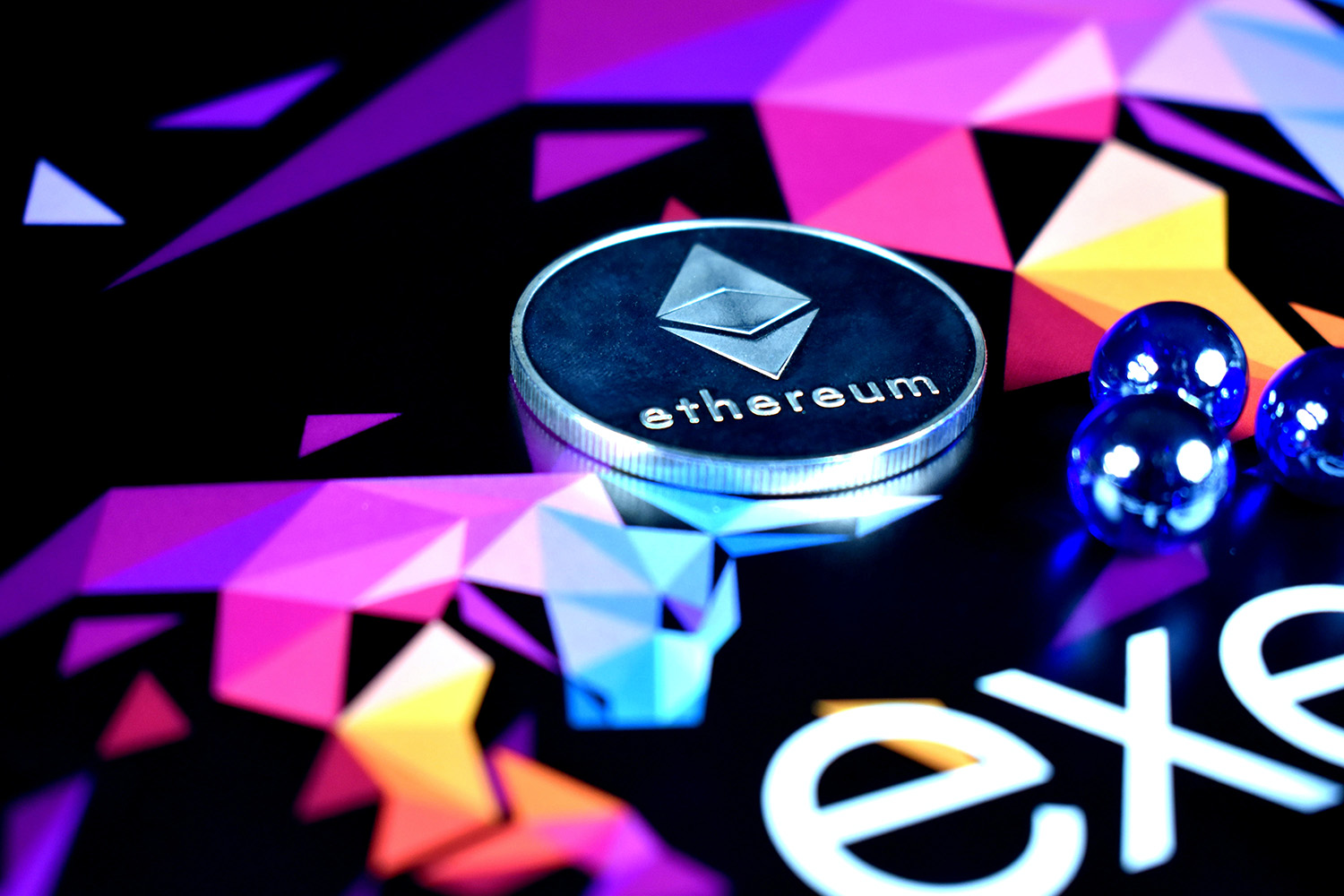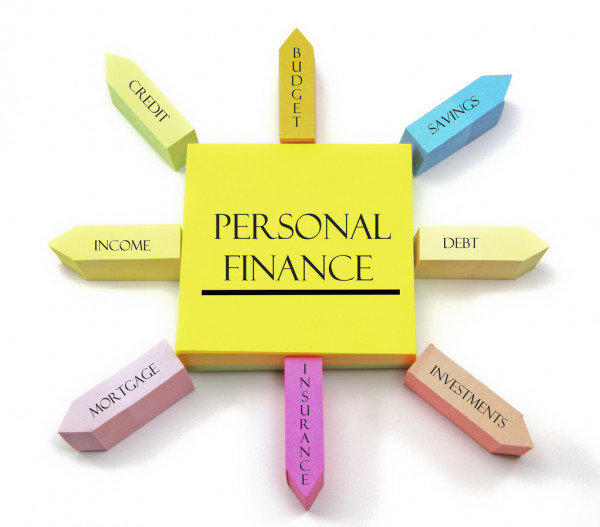What’s Cryptocurrency and How Does it Work?
In basic terms, cryptocurrency is digital currency. Technological advancements have seen the entry of digital currency into the modern world.
From the inception of ATM cards to mobile money, the world of digital money is fast changing. Today, there’s growing talk about digital currency, with more notable mentions of Bitcoin and Ethereum among others.
The top features of a cryptocurrency
One thing that stands out for cryptocurrencies, is the fact that they are decentralized. This means that there is no central authority that controls it. They are an internet-based exchange medium that engages cryptographic codes to transact.
Cryptocurrencies leverage blockchain technology which also allows for transparency and immutability. Hence, they can be exchanged directly from peer to peer via public and private keys using digital wallets. Unlike traditional financial institutions, these transactions allow for minimal processing fees.
How cryptocurrency works
What most people do not know, is that the inventor of the first and still most valuable cryptocurrency, Bitcoin, had not intention of creating a currency. Satoshi, had in mind to create a digital decentralized cash system.
Back in the nineties, there were plenty of attempts to create digital cash that failed terribly. It is out of these failed attempts that Satoshi, worked to create a system of digital cash without a centralized entity; more like a peer-to-peer file sharing network. This was the genesis of cryptocurrency.
Having no central authority monitoring and approving transactions becomes the missing piece that goes to define how it works. Like fiat currency, the basics are obvious. There has to be a network of accounts, real balances, and payment transactions.
However, solving for the problem of double spending is the real deal. Ideally, once a dollar is spent, then it cannot be used twice thanks to central servers.
In a decentralized network, the game changes. This means that the network relies on every individual entity in the network to track this.
Decentralization of Cryptocurrencies
Peers in the network will need to have a list of all transactions that take place to countercheck future transactions against validity and any attempts for double spend.
That means absolute consensus from each peer on the balances every time a transaction happens. How possible is it to accomplish this minus a central authority?
That was the problem that Satoshi emerged to solve. In fact, before his invention, nobody believed it to be possible even by a chance. This was definitely bound to be revolutionary. In short, his invention was basically being able to achieve consensus without involving a central authority.
To a reduced minimum, a simple definition of cryptocurrencies would be limited database entries that no one can change before fulfilling specific conditions. Easy as it sounds, this is actually how to define a currency. Except for cryptocurrencies, this happens through the internet and by solving cryptographical functions.
The list is growing daily with the popular crypto being Bitcoin, followed by Ethereum and a lot more others.
Conclusion
This is obviously a quick peek on what cryptocurrency is all about. However, there is a well of information on how they are generated in what is popularly referred to as “mining” in the crypto world. But what’s important to note is that the revolution is here.
Investment firms and institutions are jumping into this full throttle. Governments and banks are fast realizing that this invention is slowly usurping their control. Long and short of it, cryptocurrencies are about to change the world for the better.
You can choose to be a bystander and watch, or jump in and become part of the history making. Tag along and we will teach you how to be part of the history making – while making a killing out of it before it is too late.
Photo by Clifford Photography on Unsplash



